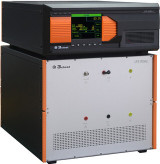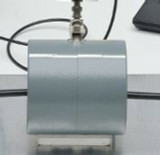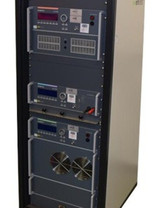The EMC Shop stocks test equipment to support manufacturers of electronics and sub-assemblies installed on all kinds of vehicles.
Dive into the catalog or contact us for application support, pricing, leat time or other information.
Find equipment by Standards & Directives (and some car manufacturer standards)






















